The Southern African Music Rights Organisation (SAMRO) in this heritage month, would like to a raise a flag on South Africa’s National Anthem which was named Best National Anthem by the Economist in 2017. A national anthem is a patriotic musical composition representing and evoking eulogies of the history and traditions of a country or nation and it starts with a note.
It was in the spirit of reconciliation that in April 1993, the Multiparty Negotiating Forum (MPNF) called for two songs to be shortened, combined, and made to represent as many people of the South African rainbow as possible. The songs were Nkosi Sikelel’ iAfrika (God Bless Africa), a popular church hymn composed by Enoch Sontonga in 1897 and Die Stem van Suid-Afrika (The Call of South Africa), a poem written by CJ Langenhoven in May 1918 and set to music by Marthinus Lourens de Villiers. Both songs have the common threads of a love for Africa, a love for God, and an expression of freedom, but they have historical political values attached to them.
To achieve the symbolic reconciliation of these songs President Nelson Mandela brought together a committee of twelve leading South African music professionals to find a way to achieve his goal. The final arrangements of the anthem were drafted by two SAMRO members, the late Prof Mzilikazi Khumalo and Prof Jeanne Zaidel-Rudolph. It contains five of South Africa’s official languages – namely isiXhosa, isiZulu, seSotho, Afrikaans and English – to serve as a symbol of a united and democratic South Africa. The South African National Anthem was proclaimed in October 1997, with the goal of giving South Africans a sense of common identity, promoting national pride, social inclusion, and reconciliation.
“This heritage month we acknowledge our member’s contributions to the fusion of Nkosi Sikelel’ iAfrika and Die Stem. The spirit of reconciliation was important at the time but is it still relevant today?” asks SAMRO Chairperson Nicholas Maweni.
It is now nearly 25 years after our reconciliatory period, but a number of South Africans still do not want to sing Die Stem section because it is synonymous with Afrikaner Nationalism and the white architects of Apartheid. Nkosi Sikelel’ iAfrika, which was used as an anti-Apartheid anthem and was sung among the black population at political meetings causing it to be banned by the then Nationalist government, remains unsung by many who have not learned the words.
“A National Anthem is one of the main symbols of every nation which signifies the nation’s pride. However, a new one could have melody with the power to unite us in our diversity. Standing up for National Anthem does not necessarily make one patriotic but singing it with honour and pride is what matters most,” said Maweni.
The National Anthem of South Africa is owned by the people of South Africa and free of any and all copyright. This means no copyright revenue is accrued by the work, not even for arrangements or adaptations of the music or lyrics.
“In short, does the National Anthem serve as an expression of our national identity after more than two decades? As uncomfortable as it is to have this conversation, we know that many strides still need to be made to close the gaps of inequality and intolerance and to bring about social cohesion. Our anthem should give us a sense of common identity. It should be a symbol of a united South Africa sung with both humility and pride. Social cohesion and nation-building must now be a stronger call in our national anthem, and again it starts with a Note,” concludes Maweni.






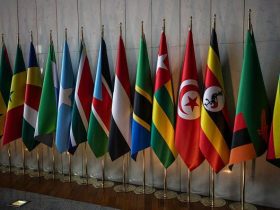
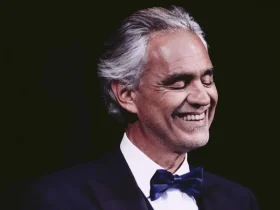
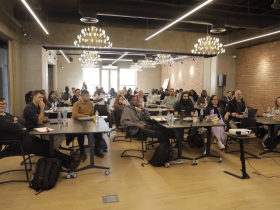

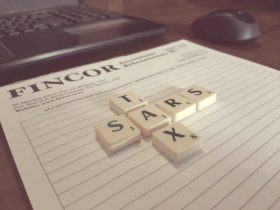

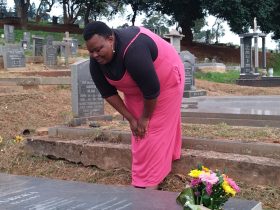


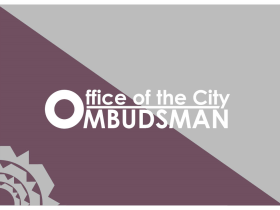




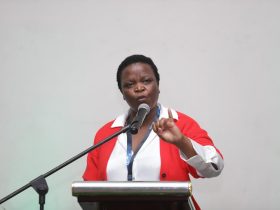



Leave a Reply